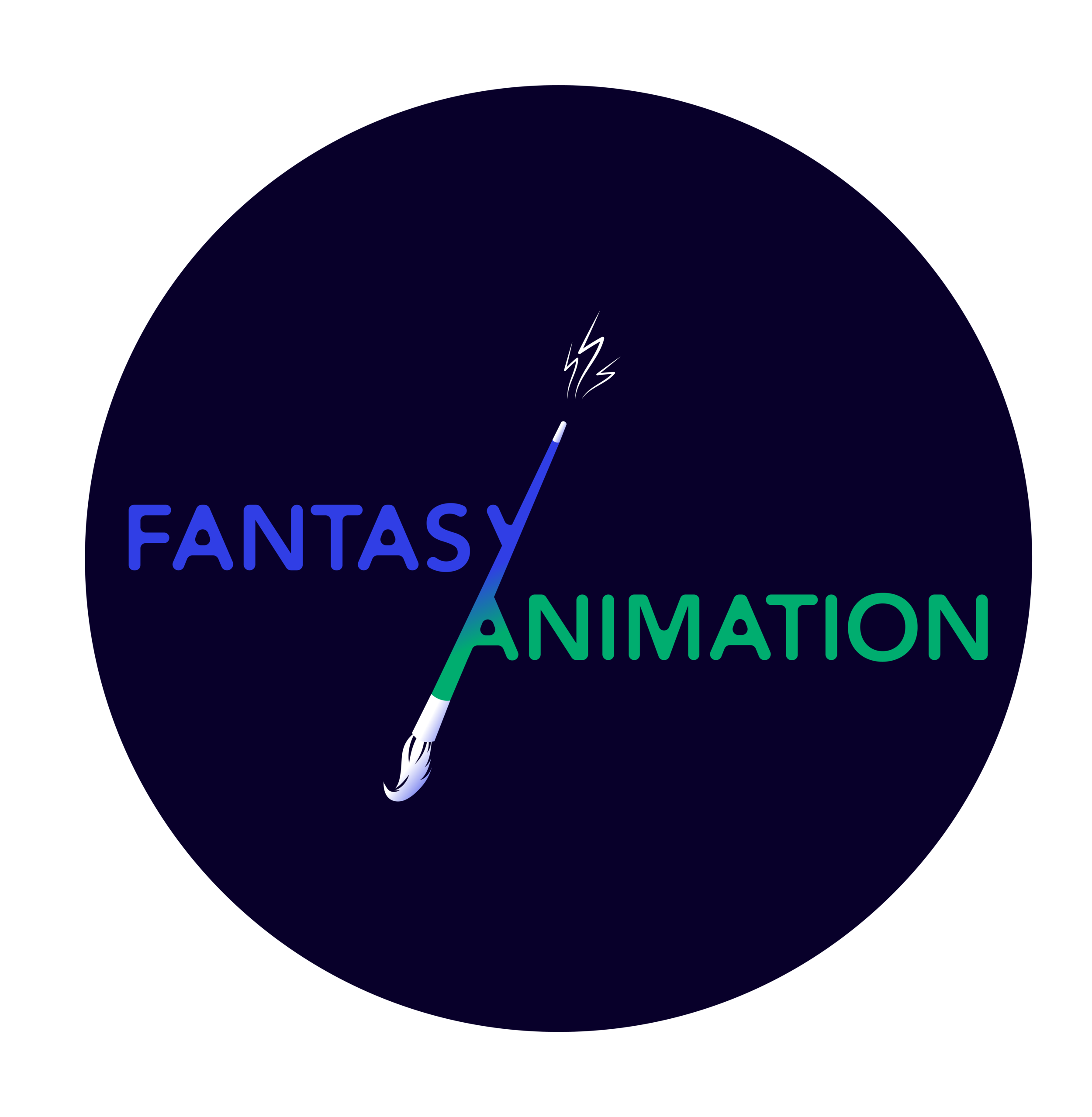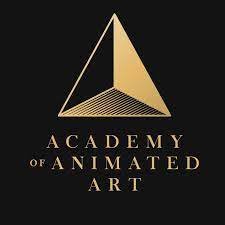The 10 Things to Break into the Animation Industry as a Lighting Artist
My name is Michael Tanzillo, and I’ve worked for years in the animation industry at top studios like Blue Sky Studios, and on computer-animated feature films such as Ice Age (Chris Wedge, 2002), Rio (Carlos Saldanha, 2011), and Ferdinand (Carlos Saldanha, 2017). I’ve also taught the craft of 3D lighting to hundreds of students through my online education company, Academy of Animated Arts (Fig. 1). For me, working in animation has been a dream come true since I get to tickle the technical part of my brain while being creative and working on fun projects.
In 2004, I had no idea what I wanted to do with my life. I had just finished college and had a degree in photography but felt completely lost. Then I watched Finding Nemo (Andrew Stanton, 2003) and my life changed forever.
More specifically, I watched a behind the scenes documentary that showed artists scuba diving off the coast of Australia to obtain reference for the look of the film. It showed how they altered the colour of the water in certain scenes to specifically elicit an emotional reaction from the audience. I was blown away. I had no idea there were artists that did that kind of visual work on an animated film.
So I did a lot of research and discovered the role of Lighting Artist and I immediately knew this was the career for me. Unfortunately, I also discovered I was grossly under-qualified for such a position and, therefore, I decided to bite the bullet, head back to school, and work my butt off to gain the necessary knowledge to build a demo reel to apply for jobs with animation companies.
This industry is the combination of artistic creativity and scientific exploration. It has allowed me the chance to work with some of the most creative and inspiring people I could ever imagine. Today, I’m sharing the 10 steps to take to break into the industry.
STEP 1: Your demo reel is king!
Some of the things I often hear from budding lighting artists are…
“Where should I go to school?”
“I’m in my 30s, can I really do it?”
“What software should I learn?”
But they’re all asking the wrong questions. Because what it comes down to is that you have a good demo reel (see right).
A demo reel is a short video that demonstrates your skills as a lighting artist. It is a 1-3 minute highlight reel of your best work. This is the main thing that recruiters and hiring managers will review when hiring you and can help you stand out in the hiring process and land your next job. (Here are some tips by Pixar on how to create one.)
Practice makes perfect. You probably won’t create a fantastic demo reel right off the bat. Instead, with the input from people in your industry, you improve your demo reel until it does the job.
STEP 2: Show Character Lighting Skills
Another big mistake students often make is to focus on lighting scenes, rooms, you name it. But they completely forget that animated movies are all about character-driven stories.
Character lighting is used to illuminate the character to achieve dramatic looks, set the tone of the scene, and convey emotions.
That’s what studios want to see! That you can make characters look appealing, make the eyes look engaging, create villains and heroes, and so on.
STEP 3: Show an ability to create mood
One of the most important ways in which you improve your demo reel is by showing that you can create mood.
How do you show it, though? A useful tip is to try to light the same character or scene with three different references that evoke a different mood each time (Fig. 2).
STEP 4: Don’t focus on software
It’s easy to think that you need to master all the software tools out there. After all, that’s how lighting artists create their work.
But the thing is: once you start in a studio, you’ll have to learn their proprietary software. Studios are looking for sound artistic understanding and the ability to create beautiful images, rather than someone who masters a number of software tools. So by all means showcase your skills on your CV if you have them, but don’t fret too much. It’s the results that count.
STEP 5: Collaborate
Lighting artists ought to master this skill: collaboration. Don’t feel like you have to do it all yourself. You’ll achieve your goal (mastering 3D lighting and getting a job in the industry) much faster if you work together with others than if you try to do it all yourself.
For instance, collaborate with animators and other artists in the industry. And instead of spending time on building your own characters to light. For instance, collaborate with animators and other artists in the industry. And instead of spending time on building your own characters to light, use Academy of Animated Art’s asset library where you can buy various different lighting assets. Or use one of our free assets - Woman in the Window or Ashli.
STEP 6: Job requirements won't stop you!
You know that feeling when you find a job you LOVE. But then you scroll down… And the requirements look way out of your league.
…Years of experience
…An understanding of programming languages
...Knowledge of multiple software tools
You shouldn’t get too hung up on these requirements. Even if the job advertisement lists programming languages and tons of experience, apply. They’re really a wish list and not always absolutely necessary. (Often, employers add rigid requirements as a default. A LinkedIn analysis from 2017 shows that 35% of entry-level job openings asked for years of experience.) Personally, I’ve applied for so many jobs where I didn’t have all the skills that were required. And I still got hired!
STEP 7: Look at other industries to begin your career
It’s easy to think that the only work opportunities are in animated movies and gaming. But a great way to get started and build up your skills is to look for jobs in other areas and industries that utilize 3D, such as computer graphics, fashion, and product design. If you’re looking to stay in one location where there aren’t as many opportunities, this could be a way to build your career.
STEP 8: Get feedback on your work
What’s one of the most critical things for your career? That’s right -- to get professional critique and feedback. Otherwise, you can’t know how to improve.
That’s how I quickly learned 3D lighting; I asked industry professionals to give me feedback on my work. Obviously, it takes time to build these relationships, but that’s why it’s so important to attend regular networking events, to maximise the opportunities available on any educational programme you are signed up to study, and to build your pool of contacts and potential mentors. Every opportunity for feedback is an opportunity to improve.
STEP 9: Apply for roles up to every 6 months
A common misconception is to think you can only apply once to a job and never again. That’s not how it works! As a lighting artist, you’re always improving your skills. So when you have new work in your demo reel, apply again to show that you’re growing.
Hiring managers really appreciate it. For instance, some of my own friends at Pixar say that they love seeing artists grow and want to see you submit your work when there’s been a development.
STEP 10: Your eye develops faster than your craft
Be patient with yourself. You’ll see that your work isn’t good enough much faster than you can make it better. Don’t worry! You’ll catch up.
In fact, successful people in the industry overcome this difficulty. Keep a growth mindset (you will eventually learn whatever it is you set out to do), rather than a fixed mindset (you only focus on your learning “failures”) (Dweck 2007, 1). That’s how you ultimately develop and master your craft.
There you have it! Now you know how to break into the animation industry as a lighting artist. What it comes down to is taking one step at a time and actively seeking feedback, ways to collaborate, and opportunities. This industry is the combination of artistic creativity and scientific exploration that I always dreamed it would be. It has allowed me the chance to work with some of the most creative and inspiring people I could ever imagine. It has allowed me to accomplish another life goal of becoming a published author with the book Lighting For Animation: The Art of Visual Storytelling (Fig. 3). This industry has given me a career that I am proud of and now I can create a future for my family.
**Article published: January 28, 2022**
References
Dweck, Carol. 2007. Mindset: The New Psychology of Success. Ballantine Books.
Biography
Michael Tanzillo is a Lighting Artist who has worked on a number of Hollywood computer-animated feature films. He studied at SCAD (Savannah College of Art and Design) before moving to Blue Sky Studios to start at the bottom as a Render Wrangler, before being given the chance to start lighting shots in Blue Sky’s Ice Age (2002-2016) and Rio (2011-2014) franchises, as well as the films Epic (Chris Wedge, 2013), Ferdinand (Carlos Saldanha, 2017), The Peanuts Movie (Steve Martino, 2015), and the studio’s last feature Spies in Disguise (Nick Bruno & Troy Quane, 2019). Examples of his lighting portfolio can be found here.







Based and inspired by Arabian Nights and other 13th-century folklore, The Thief and the Cobbler (1995) directed by legendary animator Richard Williams follows the parallel stories of a shy cobbler named Tack and a nameless kleptomaniac thief. Tack falls in love with the beautiful Princess Yum Yum of the Golden City after she saves him from the wrath of the grand vizier Zig Zag. Together, they must save their kingdom from death and destruction by retrieve the 3 golden balls that protect the city after the thief's failed attempt at stealing them, causing them to fall into the hands of Zig Zag who plans to marry princess Yum-Yum and rule the city.